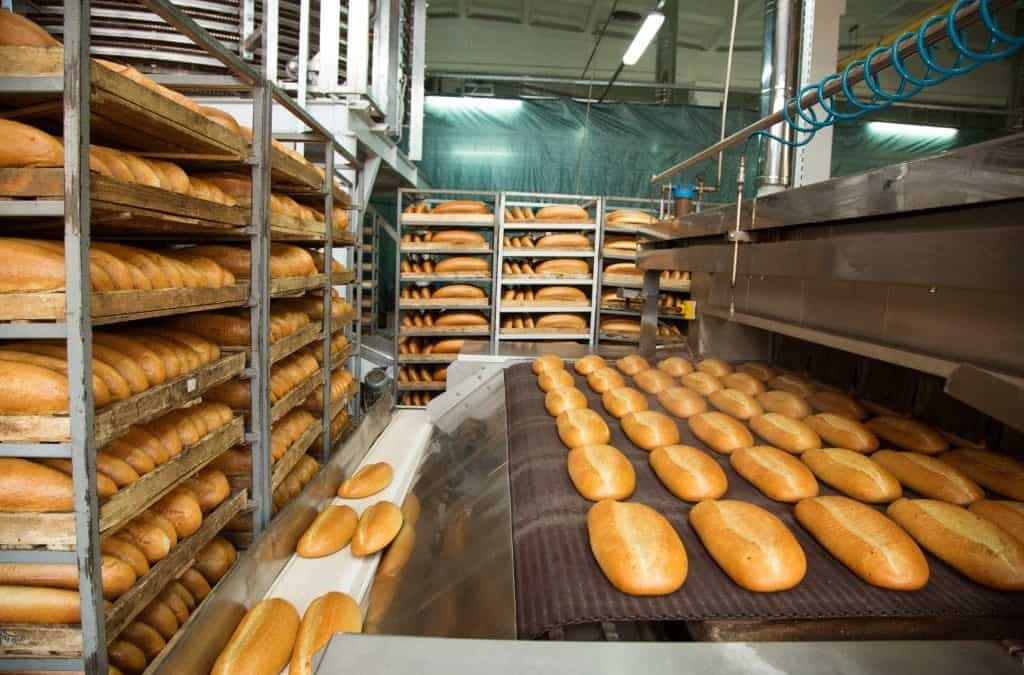Diacetyl and Artificial Flavorings – An Emerging Safety Concern
Insight IH Consulting has collected dozens of samples for diacetyl and artificial flavorings. Much of our experience with food flavorings is summarized in the blog post “The Science of Taste: Industrial Hygiene and Food Flavorings”. Companies most often will utilize these flavors to impart the desired flavor profile in their food products. Consumer use of these products does not pose an inhalation exposure risk, except in extreme cases. Inhalation exposure for workers handling hundreds or thousands of pounds of these materials on a daily basis poses a greater concern. Most of these compounds lack exposure limits, and none are regulated by OSHA. However, a safety professional certainly shouldn’t look solely to OSHA to best protect worker health. The information is constantly improving on these materials. One should know the concentrations to which your workers are exposed so you can determine the risk and needed controls.
Background
Diacetyl (also called 2,3-butanedione) is a chemical that has been used to give butter-like and other flavors to food products, including popcorn. This chemical has been used as a marker of exposure to flavoring vapors in investigations evaluating lung disease in microwave popcorn manufacturing facilities.1 Acetoin (also called acetyl methyl carbinol), 2,3-pentanedione, 2,3-hexanedione and 2,3-heptanedione are all structurally related to diacetyl and have been suggested as possible substitutes for diacetyl.
These types of flavorings can also be found in many food applications where a particular flavor is desired for a product. Descriptors for several of the commonly used flavorings include sweet, buttery, creamy, dairy, milky, fatty, toasted, nutty, cheesy, and caramellic. Further, many of these chemicals are found naturally within food, as at their core, all flavor is derived from chemicals. Diacetyl, for example, is found naturally in milk, butter, cheese, yogurt, beer, wine, honey, most fruits, and coffee (so basically everything that is good).
Animal studies have examined the effects of flavorings. Severe respiratory tract injury was observed in rats after an acute inhalation exposure to butter flavorings. Severe respiratory tract injury, similar to that observed with butter flavoring vapors exposure, was also observed following acute inhalation exposures of rats to diacetyl or 2,3-pentanedione and repeated inhalation exposures of mice to diacetyl and rats and mice to 2,3-pentanedione.
Additional Information, Links
NIOSH has concluded that, “Investigations of severe lung disease consistent with obliterative bronchiolitis among diacetyl-exposed employees . . . have provided substantial evidence of a causal relationship between diacetyl exposure and development of this disease”. “These findings in conjunction with laboratory experiments providing biological plausibility, meet the standard criteria used to determine causation: that an exposure is the likely cause of specific health effects”.
NIOSH also expressed concern about 2,3-pentanedione based on its structural similarity to diacetyl and animal studies showing that it caused damage in the airways of animals, similar to that caused by diacetyl. Both diacetyl and 2,3 pentandione have the reactive α-dicarbonyl group that has been associated with the toxicity caused by those compounds. On the other hand, NIOSH concluded that acetoin, which lacks the α-dicarbonyl group, “is considerably less hazardous than dicacetyl.”
The information regarding artificial flavorings is constantly changing. Below are several other informational links that may be helpful for further understanding:
1. NIOSH Evaluates Worker Exposures at a Popcorn Plant in Missouri
2. Flavorings-Related Lung Disease (OSHA)
3. Coffee Roasting and Packaging Facilities (CDC)
Assessment Methodology
The preferred sampling method for diacetyl and artificial flavorings is through two glass sorbent tubes in series (mod. OSHA 1012 or mod. OSHA 1013). The glass media is a concern in food facilities. As such, Insight always uses foil wrapping (also protective against degrading UV light), tape, and shatterproof tube holders to prevent contamination.`
Insight IH Consulting has extensive experience in personal sampling for diacetyl, acetoin, 2,3-hexanedione, and 2,3-pentanedione, as well as other flavoring compounds.
Contact us for assistance with assessment of artificial flavorings at your facility today!






